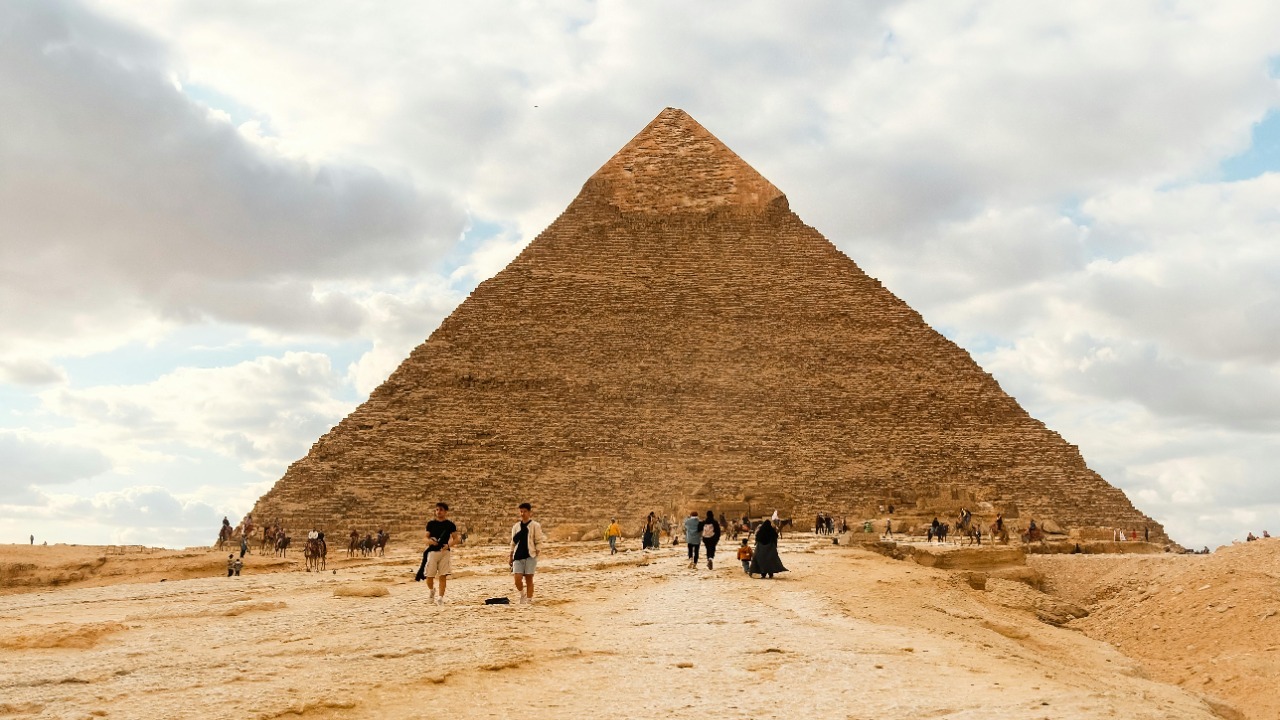
Recent discoveries within the Great Pyramid of Giza have reignited theories about its mysterious tunnels and their potential connections to cosmic phenomena. Using advanced technology like muon imaging, scientists have uncovered hidden chambers, sparking both scientific intrigue and mythical speculation. This exploration of the Great Pyramid delves into the intersection of ancient architecture and cosmic mysteries, weaving together scientific findings and the myths they inspire.
The Science Behind Muon Imaging
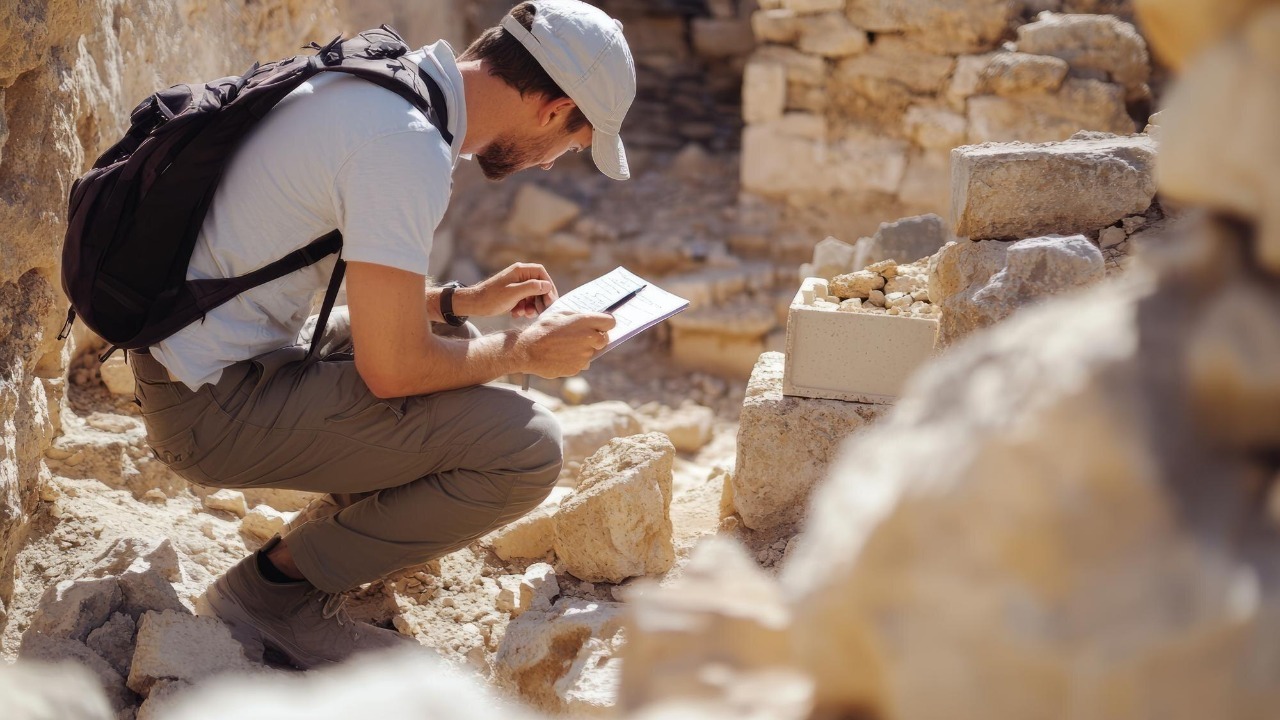
Muon Technology Explained
Muon radiography, a cutting-edge technology, is revolutionizing the field of archaeology by allowing researchers to peer inside massive structures without disturbing them. This technique involves detecting muons, subatomic particles that are constantly raining down on Earth from cosmic rays. As these particles pass through objects, they lose energy depending on the density of the materials they encounter. By measuring the amount of energy lost, scientists can create detailed images of the internal structures of solid objects, such as pyramids and volcanoes. Learn more about muon imaging here.
Discoveries in the Great Pyramid
Recent applications of muon radiography in the Great Pyramid of Giza have led to remarkable discoveries. Researchers have identified several hidden voids and tunnels that were previously unknown. One of the most significant findings is a large void above the Grand Gallery, which has sparked debates among scientists and historians about its purpose. This discovery, while still shrouded in mystery, offers a tantalizing glimpse into the complex architectural practices of the ancient Egyptians. Read more about these findings.
Implications for Archaeology
The discoveries made possible by muon imaging have significant implications for archaeology. They not only enhance our understanding of ancient Egyptian engineering but also challenge existing theories about pyramid construction. The newfound voids may suggest alternative methods used by builders or even hint at undiscovered chambers within the pyramid. These insights could reshape our knowledge of ancient Egypt and inspire future research into other historical structures worldwide.
Ancient Myths and Modern Interpretations
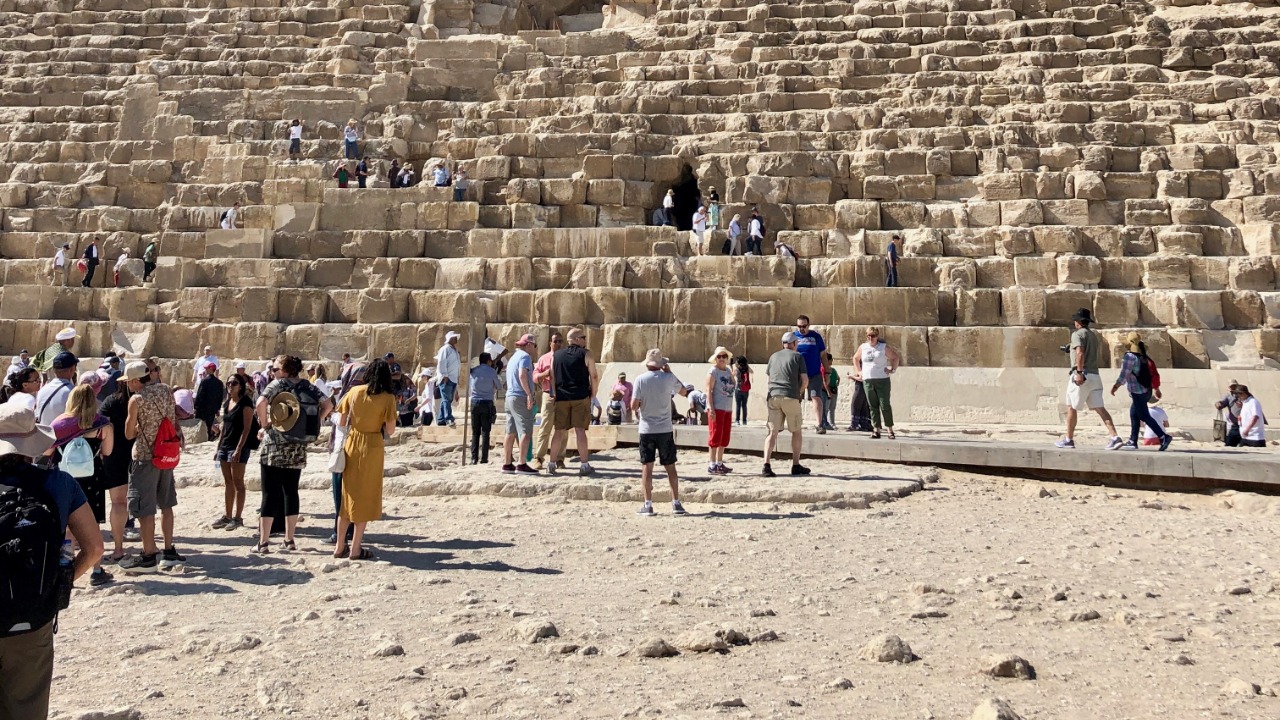
Cosmic Connections in Ancient Cultures
Throughout history, many ancient cultures have perceived cosmic phenomena as deeply intertwined with their spiritual and architectural endeavors. The Egyptians, for instance, often aligned their pyramids with celestial bodies, believing in a cosmic harmony that linked earthly structures with the heavens. This historical context gives rise to the speculation that the Great Pyramid might have been designed with cosmic connections in mind, potentially serving as a conduit between the human and the divine.
Theories on Pyramid Purpose
Various theories suggest that the pyramids served purposes beyond mere tombs. Some propose that they were astronomical observatories, designed to align with specific stars or celestial events. The precise orientation of the pyramids with cardinal points and constellations fuels these theories. While intriguing, these ideas remain speculative without concrete evidence. However, they continue to captivate the imagination of both researchers and enthusiasts. Explore more about these theories.
Criticism and Skepticism
Despite the allure of cosmic link theories, many scholars remain skeptical. Critics argue that the alignment of the pyramids with celestial events might be coincidental or based on selective interpretation. They emphasize the importance of relying on scientific evidence rather than speculative myths. This skepticism encourages a balanced approach, ensuring that research into these ancient structures remains grounded in factual analysis.
Cultural Impact of Pyramid Discoveries
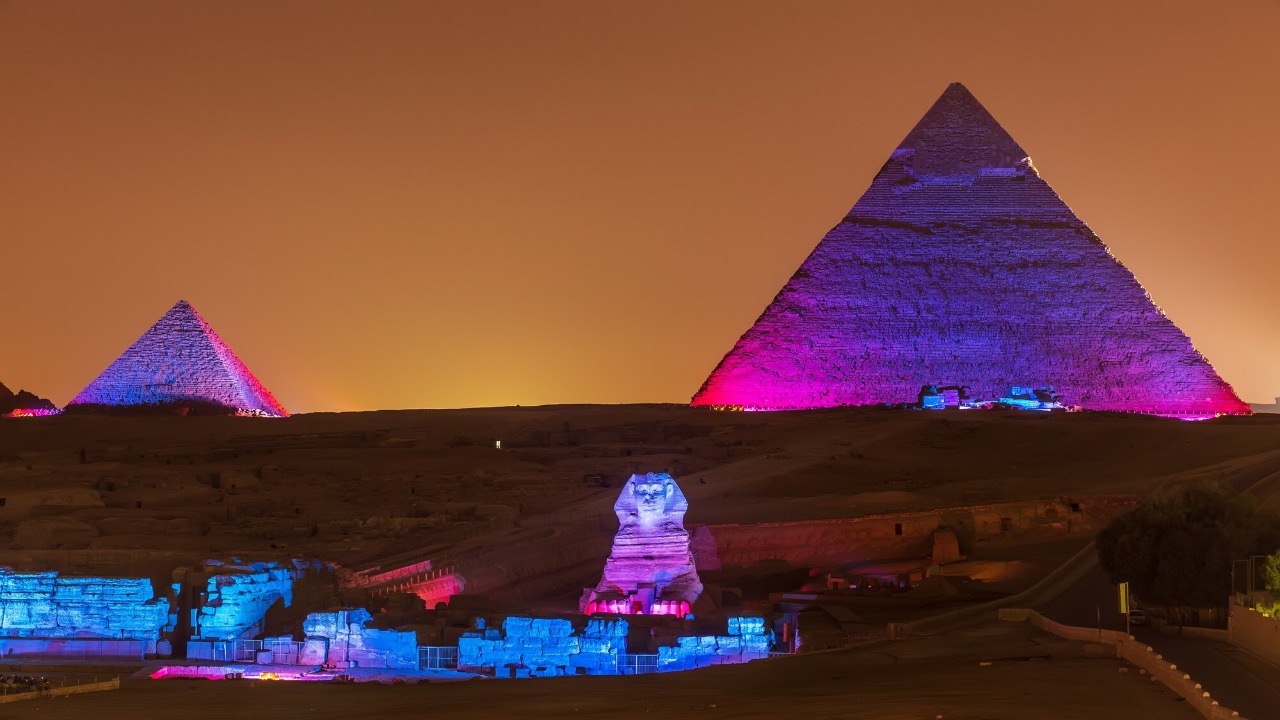
Influence on Popular Culture
Pyramid discoveries and their associated myths have significantly influenced popular culture, appearing in movies, literature, and various forms of entertainment. From iconic films like “Stargate” to numerous documentaries, the idea of cosmic connections and hidden chambers within the pyramids captivates audiences worldwide. These portrayals, while often dramatized, reflect our enduring fascination with ancient mysteries and the unknown.
Tourism and Public Interest
The allure of pyramid discoveries has also boosted tourism in Egypt. Visitors flock to the Giza Plateau, eager to witness the grandeur of the pyramids and explore their enigmatic stories. The increased public interest generates economic benefits and fosters a deeper appreciation for Egypt’s rich cultural heritage. Moreover, new findings often lead to exhibitions and educational programs, further enriching the public’s understanding.
Educational Opportunities
Beyond tourism, the discoveries provide valuable educational opportunities. They offer insights into ancient engineering techniques and the cultural significance of pyramids in Egyptian society. Museums and educational institutions leverage these findings to engage students and the general public, promoting a deeper understanding of history and archaeology. Such initiatives ensure that the legacy of the pyramids continues to inspire future generations.
Future Research and Exploration
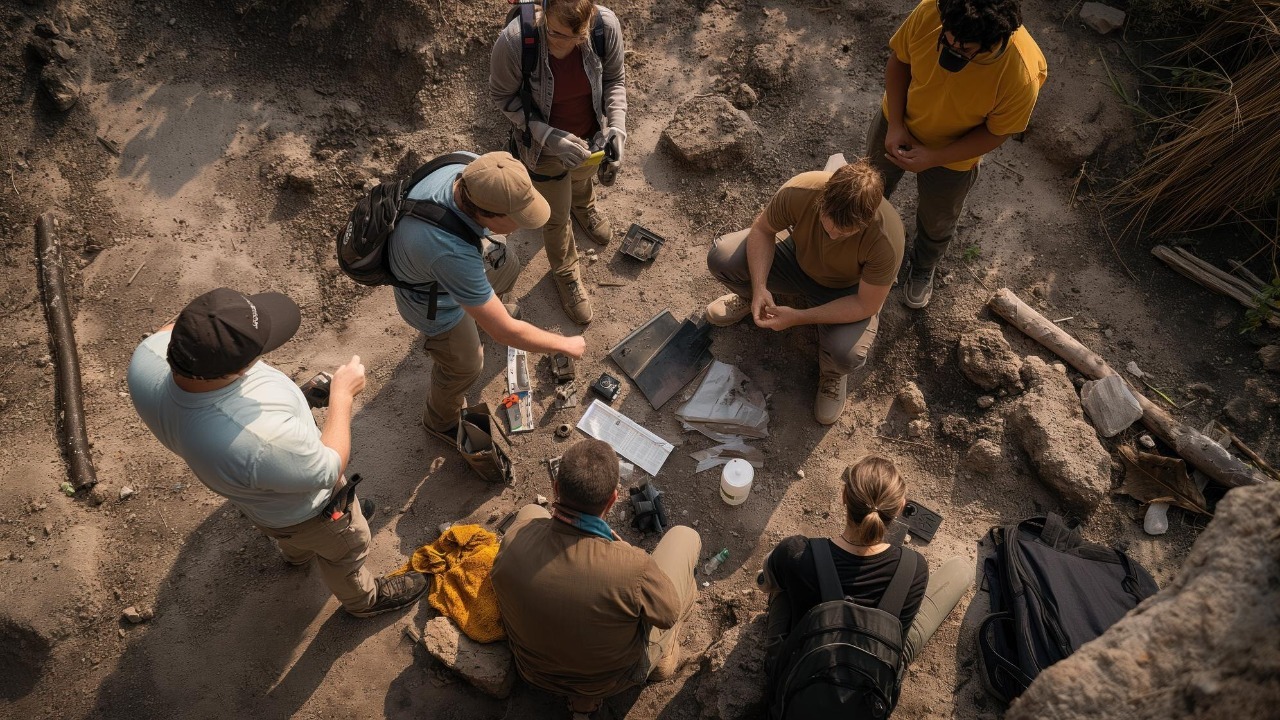
Advancements in Technology
The future of archaeological exploration promises exciting developments with evolving technologies like muon imaging and other non-invasive techniques. As these technologies advance, they will enable researchers to uncover more hidden structures and gain deeper insights into ancient civilizations. The potential for new discoveries remains vast, with each breakthrough offering a glimpse into the past.
Unanswered Questions
Despite significant progress, many questions about the Great Pyramid remain unanswered. What was the purpose of the newly discovered voids? Are there more hidden chambers yet to be found? These lingering mysteries continue to drive research and exploration, with scientists and historians eager to unlock the secrets of one of the world’s most iconic structures. Discover more about these mysteries.
Collaboration Across Disciplines
The quest to unravel the mysteries of the pyramids necessitates collaboration across multiple disciplines. Physicists, archaeologists, and historians must work together, combining their expertise to piece together the puzzle of ancient Egypt. This interdisciplinary approach is crucial for ensuring that research is comprehensive and considers various perspectives.